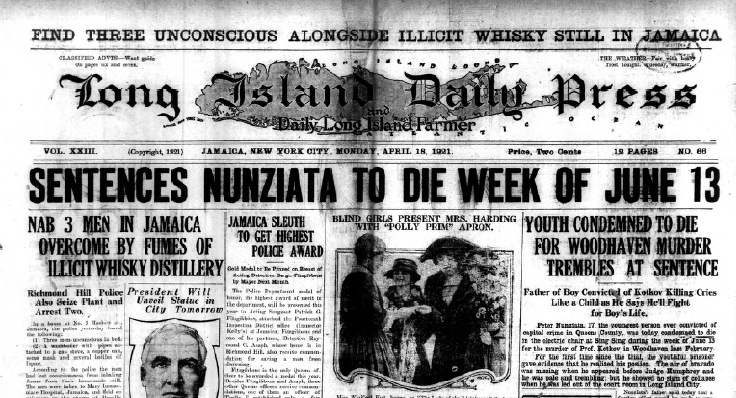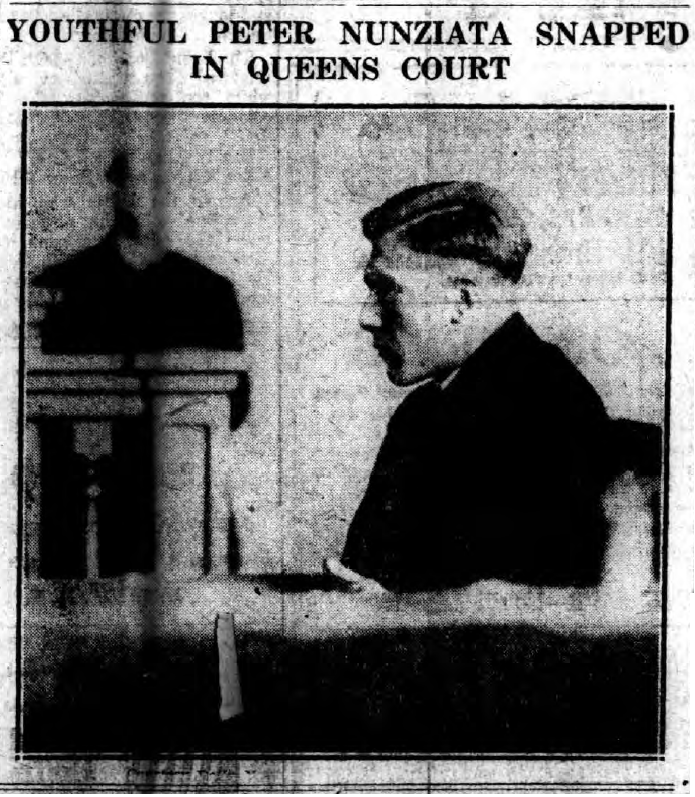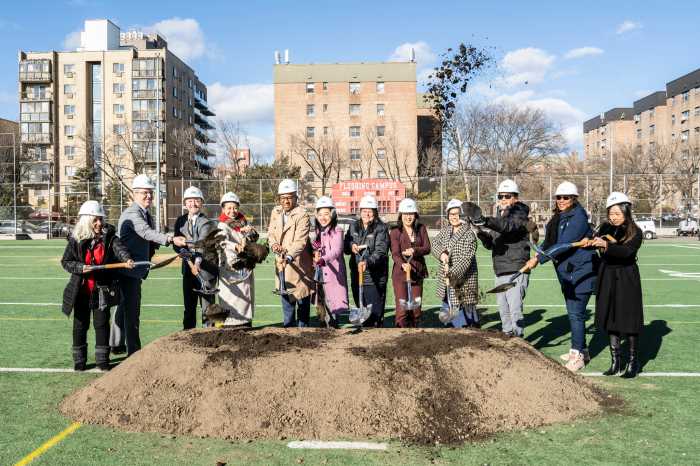Last month, we brought you the story of the murder of Professor Wilfred Phineas Kotkov of Woodhaven. It was a frigid night in February 1921 and the professor was attacked and brutally beaten with an iron bedpost in an empty lot on Liberty Avenue. Kotkov succumbed to his injuries, leaving a young wife and two children behind.
Peter Nunziata and Joseph Alfano of Brooklyn were immediately arrested and, once at the precinct, they confessed and implicated Frank Cassesso, also from Brooklyn, and Alphonso “The Turk” Verona, of Water Street, Woodhaven, in the attack.
There were immediate calls for swift justice; newspaper editorials called for the ultimate retribution – the electric chair.
Within a week, indictments were handed down and the trial of Peter Nunziata began just 5 weeks after the attack. The jury deliberated for less than two hours and found Nunziata guilty and the judge set the date of execution as June 5. Peter Nunziata was the youngest person ever sentenced to death in the State of New York.
The second young man to go on trial was Joseph Alfano of Brooklyn. Alfano claimed that he had been beaten so badly by police that one of his eyes was swollen shut for several days. The trial lasted 2 days and Alfano was found guilty and sentenced to death.
The remaining two men awaiting trial – Frank Cassesso, from Brooklyn, and Alphonso “The Turk” Verona, Woodhaven – no doubt swayed by the results of the first two trials, rushed to plead guilty.
Cassesso was allowed to plead guilty to manslaughter in the first degree and was sentenced to eight to 16 years. Alphonse “The Turk” Verona was sent to Sing Sing for twenty years to life.
Nunziata and Alfano’s lawyer immediately appealed their death sentences, first on the basis of their sanity. Upon being declared sane, their lawyer filed appeal after appeal, delaying their executions. Their cause was helped by several activist groups who protested executions in general and executions of young men in particular.
However, the appeal process wound down and finally, on June 6, 1922, Nunziata’s 19th birthday, he was told that he was out of appeals and would die in just over a month.
The night of his execution, Nunziata was visited in the death house by his parents and other members of the family, who came from their home in Williamsburg. None of his family was permitted to embrace him or touch him in any way, a heavy mesh screen keeping them a foot away from his cell door.
His family had brought a bounty of food, but Nunziata was not allowed to have any. Instead, he requested that it be divided among the 29 other condemned men occupying nearby cells.
When it came time to take the final, fateful walk to Old Sparky, Nunziata’s family members were consumed with grief as they said goodbye. Nunziata had remained calm throughout the visit, but seeing his parents in tears shattered his resolve.
But he gathered his composure and comforted members of his family by telling them that he was glad his troubles would soon be over.
“I am ready,” he said, and turned his back on his family, and walked past the cell doors of other men who were also soon scheduled to die. Ten minutes later, Peter Nunziata, 19 years old, was pronounced dead.
It would be a year later that Alfano would take a similar trek to the electric chair, paying the ultimate price for his part in the murder of Professor Wilfred Phineas Kotkov of Woodhaven.
Of the remaining two men arrested for the crime, little is known. Cassesso served his time and, upon release, disappeared. And Alphonso “The Turk” Verona of Woodhaven, believed to be the devious mind behind the brutal crime, was eventually released from prison when in his 50s and took up residence in Richmond Hill, where he lived ten quiet years until passing away at age 62.
Of Kotkov’s wife and two children, even less is known. After the trial, they vanished from the public eye and began life anew, without the husband and father who had been brutally taken away from them on a frigid night that ruined many lives forever.







































